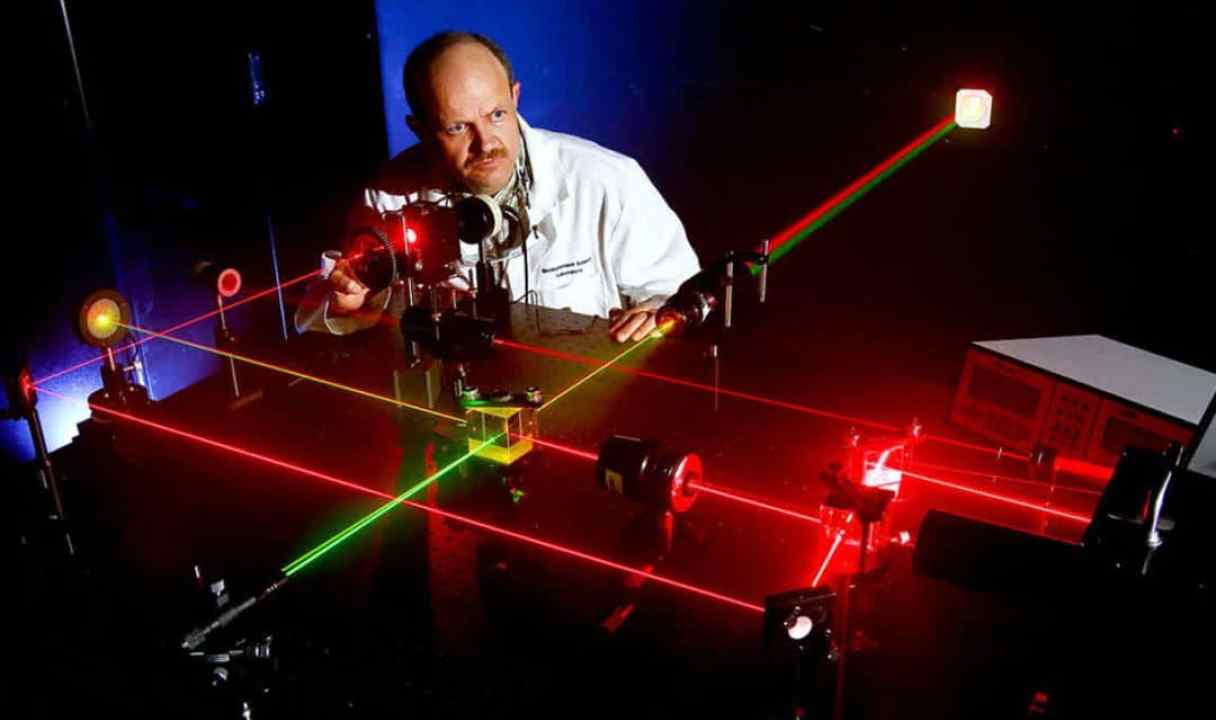
PRINCIPLE-BASED VISUALITY FOR ENTERPRISE-WIDE ALIGNMENT/DOORWAY 10
Over this Visual Thinker series on the 10 Doorways, you’ve learned that the first six of these doorways represent a set of core visual workplace methods: 1) visual order; 2) visual standards; 3) visual displays /visual scheduling; 4) visual leadership (includes visual metrics and visual problem solving); 5) visual controls and visual pull systems; and 6) visual guarantees (poka-yoke systems). These first six methods are broadly applicable to all work across the enterprise. With Doorway 7, we shift our focus to the machine (visual machine®)—then in Doorway 8, to non-production functions (visual-lean® office). And it becomes the work of the visual macro team (Doorway 9) to develop linkages between departments or functions and make them visual.
The title of Doorway 10—the final doorway in our model for creating a sustainable work environment through visuality—is a mouthful: Principle-Based Visuality for Enterprise-wide Alignment. That I have not yet found a short, catchy handle for it does not detract from its importance. This doorway opens a comprehensive framework for rolling out visual principles across the enterprise, even as it continues to promote, recognize, and reward visual inventiveness and build individual and team leadership.
Doorway 10 is opened at advanced stages of a visual conversion, after the principles of visuality have been internalized by your visually-thinking employees—managers, operators, supervisors, executives. After they have developed skill at visual thinking, knowledge and know-how. Then comes the time for them to use these principles to connect and align the enterprise and form a more comprehensive visual conversion base. This is the purpose of Doorway 10. The organization has matured in its understanding and application of visuality. Now it is ready to use it more assertively to support the company’s business case and extend visual competencies to customers and up and down the supply chain.
This final doorway opens when senior management decides the site is ready for visual consolidation through a stepwise process—the diametric opposite of cookie-cutter standardization. At the heart of this process is a team of cross-functional site examiners, preferably volunteers, from the ranks of visual thinkers from all levels of the enterprise. A mixed group which, though not peers in pay grade, are equals in the level of their highly-developed visual eyesight and their deep desire to see visuality spread—I-driven by definition and ace visual thinkers in their own right.
Armed with a special set of principle-based assessment templates or scorecards, these uber-visual thinkers evaluate the current level of visual competency against what is possible—in principle. These scorecards are not compliance audits but instead progressive instruments that re-define what winning means in workplace visuality. In lieu of finding fault or blame, they score an area based on the extent to which given visual principles are in evidence or not. These scorecards become even more robust because examiners used them to map out the specific steps each area can take to improve their score.
Rolling out workplace visuality in a large site (or in multiple locations) is not simply a matter of doing multiple applications of the same procedure. Scale makes its own demands. The level of specialized visual needs required in a large organizational environment runs roughly parallel to the scope and level of the specialized information that same organization routinely requires. Complex companies demand complex rollouts.
It takes time to put this principle-based approach firmly in place as the core element of your visual sustainment process. Applied enterprise-wide, visuality is capable of producing remarkable cost-savings along with a remarkable work culture alignment. A company committed to excellence will seek—not shrink from—the highest possible level of visual integration and coherency. Doorway 10 offers that opportunity.



